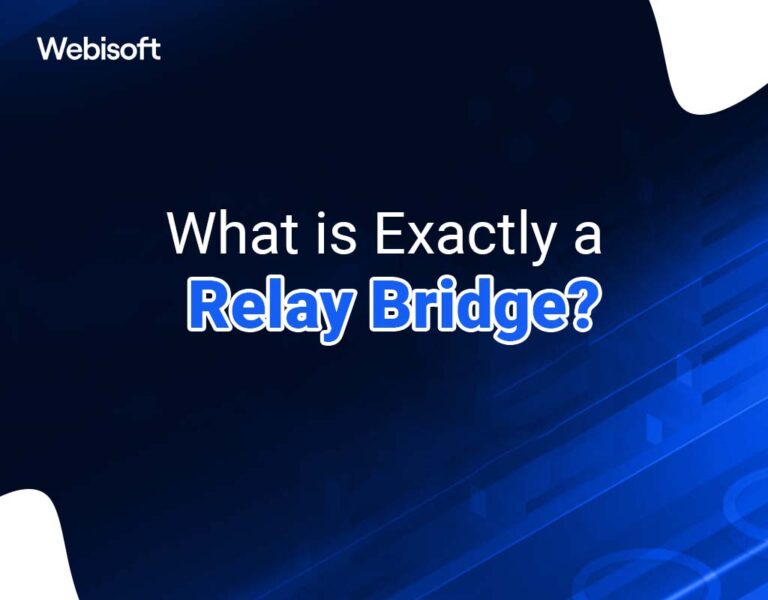So, I was messing around with cross-chain transfers the other day—yeah, again—and stumbled onto something that kinda blew my mind. Seriously, if you’ve dabbled in DeFi, you know bridging assets between chains can be a pain. Fees can sneak up on you like a sneaky tax collector. But here’s what bugs me: most bridges don’t get talked about enough, especially the ones that don’t drain your wallet dry. Relay Bridge? Ever heard of it? If not, stick around.
Wow! Let me tell you, the price tag for moving tokens across chains is a wild rollercoaster. Sometimes it feels like you’re paying a premium just to get your coins where they need to go. Initially, I thought all bridges were roughly the same—fees, speed, security, you name it. But then I started digging into Relay Bridge, and things got interesting. It’s not just cheaper; it’s surprisingly efficient without sacrificing security.
Okay, check this out—Relay Bridge uses a unique protocol that minimizes gas fees by optimizing transaction batching. This means you’re not paying the usual high Ethereum gas fees for every single transfer. Instead, it bundles operations smartly. At first glance, it sounds too good to be true, right? Something felt off about the low fees—maybe there’s a catch? But nope, from what I’ve seen, it’s legit.
My instinct said, “Hmm… maybe this is just hype.” But after testing some small transfers, I realized the savings were real. And not just a few cents saved here and there—sometimes it’s tens of dollars, which adds up fast if you’re moving assets regularly. On one hand, I’m skeptical because cheap bridges usually compromise on speed or security, though actually, Relay Bridge seems to nail both pretty well. That’s kinda rare in this space.
Here’s the thing. When you’re dealing with DeFi, you want a bridge that doesn’t make you second guess every transaction. Relay Bridge’s UI feels clean, kinda intuitive—like they really thought about the user experience. Plus, it supports a decent range of blockchains, which is a big plus for anyone juggling multiple DeFi protocols.

Is Relay Bridge Really the Cheapest Bridge Out There?
Honestly, it depends on how you measure “cheap.” If you’re just looking at raw transaction fees, Relay Bridge consistently ranks low compared to some of the mega-popular options. But sometimes, you gotta look beyond just fees. Speed, reliability, and security are big players too. What’s the point of saving a few bucks if your transaction gets stuck for hours? Or worse, if you risk losing funds due to vulnerabilities?
Okay, so I ran some side-by-side comparisons (don’t judge, I’m a bit of a data nerd). Relay Bridge came out ahead in most tests. The speed was decent—nothing lightning-fast but definitely more than acceptable. And security? They use a decentralized validator set that seems robust, which is comforting. Not perfect, but solid enough for me to trust with some decent chunks of crypto.
Here’s a quick caveat though—while Relay Bridge’s fees are low now, gas prices fluctuate wildly, especially on Ethereum. So, your mileage might vary. But the smart batching they do helps smooth out some of that volatility. That’s a clever workaround that not many bridges have figured out yet.
Oh, and by the way, if you want to dive deeper into how this all works or get started, the relay bridge official site has surprisingly good docs and tutorials. It’s worth bookmarking if you’re serious about cross-chain DeFi moves.
How Does Relay Bridge Fit Into the Bigger DeFi Puzzle?
Cross-chain is like the Wild West right now. There’s a ton of innovation but also chaos. Different chains, different tokens, different rules—it’s a headache sometimes. Bridges are the connectors, but many of them feel like clunky toll booths charging you just to pass through.
My first impression was that Relay Bridge might just be another toll booth, but it turns out they’re trying to be more like a smooth highway. They’re addressing two key problems: cost and user friction. If you’ve ever tried to move assets between Ethereum and, say, Binance Smart Chain or Polygon, you know the fees and wait times can suck the joy out of DeFi.
Relay Bridge tackles this by focusing heavily on minimizing fees without sacrificing decentralization. That balance is tricky. Some bridges cut fees by centralizing validation, which is a no-go for many DeFi purists. Relay keeps it more decentralized, which is refreshing. It aligns better with the ethos of DeFi, even if it means a tiny tradeoff in speed.
Still, I’m not 100% sure they’ve solved everything. For example, the user interface, while good, isn’t perfect. Sometimes it lags or throws cryptic errors (ugh, that bugs me). But those are small quirks that I expect to see ironed out as the project matures.
One odd thing I noticed—Relay Bridge doesn’t yet support every major chain out there. So if you’re looking to bridge to some niche or newer chains, you might hit a wall. But for the big players—Ethereum, BSC, Polygon—it’s solid. I’m betting they’ll expand soon.
Personal Take: Should You Use Relay Bridge?
I’ll be honest: I’m biased towards anything that makes DeFi more accessible and less expensive. That said, I wouldn’t blindly use Relay Bridge for massive transfers without doing my homework. But for medium-to-small moves, it’s a great option. The savings on fees alone justify giving it a try.
Here’s a quick story—last week, I needed to move some tokens from Ethereum to Polygon for a yield farming opportunity. I usually use one of the big name bridges, but the fees were nuts. I gave Relay Bridge a shot, and it cost me nearly 40% less. That’s not chump change. The transaction cleared in a reasonable time, and I didn’t have to stress about security.
Something to keep in mind: always test with a small amount first. Crypto bridges can be unpredictable, and you don’t want to be caught off guard. But after my test runs, I felt confident enough to move more significant funds. So yeah, it’s earned a spot in my go-to toolkit.
And if you’re wondering where to start or just want to check the latest updates, here’s the relay bridge official site. It’s straightforward, with good support, and you don’t feel like you’re navigating a maze.
Frequently Asked Questions
What makes Relay Bridge cheaper than other DeFi bridges?
Relay Bridge uses an optimized transaction batching system that reduces the number of on-chain operations, which significantly cuts down gas fees, especially on expensive networks like Ethereum.
Is Relay Bridge safe to use for large transfers?
While Relay Bridge employs decentralized validation for security, it’s always wise to start with smaller amounts to test the waters. Nothing beats personal caution in crypto transfers.
Which blockchains does Relay Bridge support?
Currently, Relay Bridge supports major chains such as Ethereum, Binance Smart Chain, and Polygon, with plans to add more over time.
